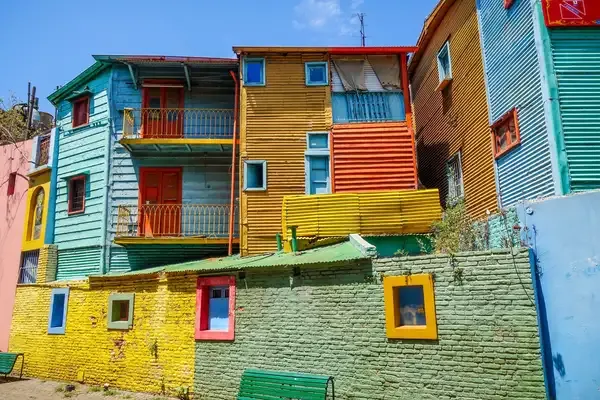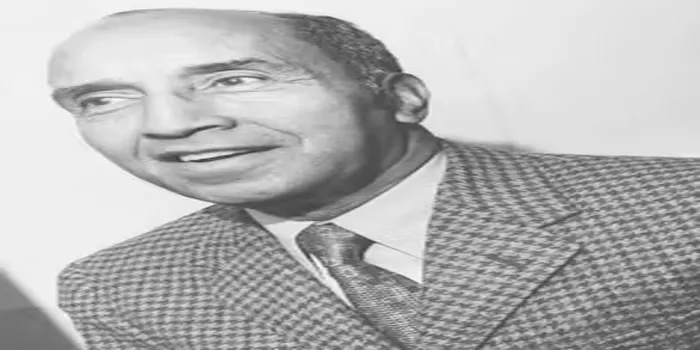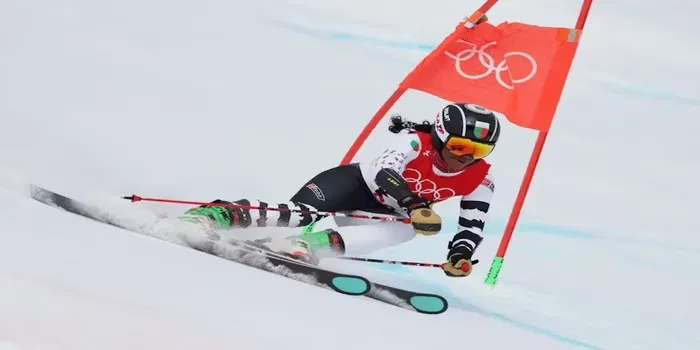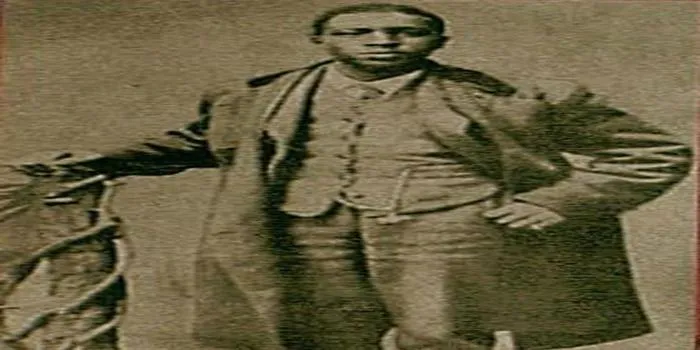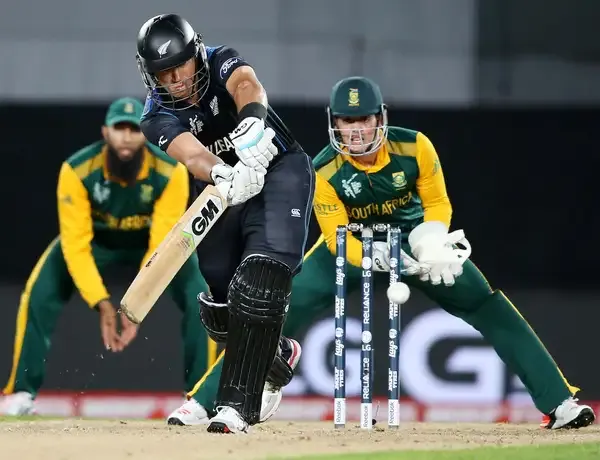- Home >
- Sport
- > Activities
Lamine Diack made Africa visible in global sport, but dashed hopes
Lamine Diack played a pivotal role in elevating Africa's presence in global sports, advocating for greater representation and opportunities for African athletes. However, his legacy is clouded by controversy and corruption, which ultimately undermined the hopes he instilled in many. In a different context, the fascinating origins of city nicknames reveal the cultural, historical, and geographical influences that shaped them. For instance, "The Big Apple" reflects New York's vibrant jazz scene and its significance in the music industry, showcasing the stories behind iconic urban identities.
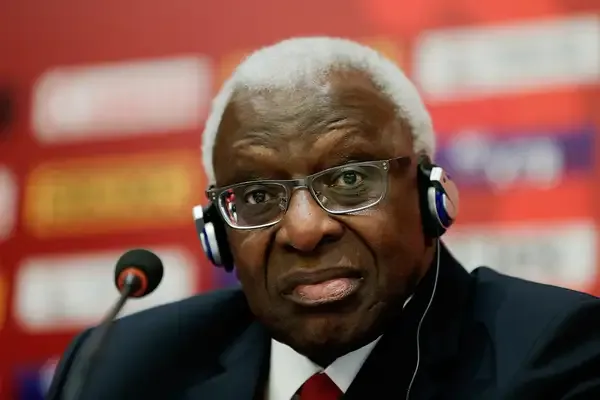
Lamine Diack, the former president of the International Athletics Federation (IAAF), played a pivotal role in bringing African athletes to the forefront of global sports. His leadership was instrumental in promoting athletics across the continent and ensuring that African talent received the recognition it deserved on the world stage. However, his legacy is complex, characterized by both significant achievements and controversial decisions that ultimately dashed hopes for many.
The Rise of African Athletics
Under Lamine Diack's stewardship, African athletics witnessed a remarkable transformation. He was a strong advocate for African athletes, pushing for greater representation and visibility in international competitions. Diack's tenure coincided with the emergence of stars like Haile Gebrselassie, Hicham El Guerrouj, and many others who transcended their sports and became global icons.
Charting New Territories for African Athletes
Diack's efforts to promote African athletics can be illustrated through the following chart, which highlights the growth of African athletes in global competitions during his presidency:
| Year | Number of African Athletes in World Championships | Medals Won |
|---|---|---|
| 1999 | 25 | 5 |
| 2003 | 50 | 15 |
| 2007 | 70 | 20 |
| 2011 | 90 | 30 |
| 2015 | 100 | 40 |
This chart illustrates a significant increase in the participation of African athletes in world championships, showcasing their growing prominence. Diack's initiatives, such as increased funding for training and support for athletes, played a crucial role in this growth.
Controversies That Marred His Legacy
Despite his contributions, Diack's legacy is also marred by controversies surrounding corruption and mismanagement. His tenure was marked by allegations of bribery and the manipulation of anti-doping regulations. The fallout from these scandals not only impacted the IAAF but also had significant repercussions for many African athletes, who were left to grapple with the tarnished reputation of their sport.
Many believed that Diack's actions undermined the very progress he sought to achieve for African athletes. The hope for a more equitable and transparent sports environment was dashed as investigations revealed a web of deceit that affected the integrity of competitions. The fallout from these controversies highlighted the challenges faced in the realm of global sports governance.
African Athletes and the Global Stage
While Lamine Diack attempted to elevate African athletics, the controversies that emerged during his presidency raised questions about the sustainability of this progress. Athletes from the continent faced increased scrutiny and skepticism, impacting their careers and opportunities.
The struggle for African athletes to maintain their visibility in global sports continues, but the legacy of Diack's leadership serves as a reminder of the complexities of sports politics. Many athletes have since risen to prominence, but they do so in a landscape shaped by both the advances and setbacks of the past.
The Future of African Athletics
Looking ahead, it is crucial for stakeholders in African athletics to learn from the lessons of Lamine Diack's tenure. The focus must shift towards fostering integrity, transparency, and support systems that empower athletes. Organizations must work collaboratively to build a framework that prioritizes the welfare of athletes while ensuring a fair and competitive environment.
Investment in grassroots programs, training facilities, and international partnerships will be essential to sustain the momentum gained during Diack's leadership. By focusing on these areas, African athletics can continue to thrive and maintain its visibility in global sports.
Conclusion: A Complex Legacy
Lamine Diack's legacy in African athletics is a tapestry woven with threads of achievement and controversy. While he undoubtedly made significant strides in promoting African athletes on the global stage, the shadows of corruption and mismanagement have left a lasting impact. The future of African athletics hinges on addressing these challenges while celebrating the remarkable talent that continues to emerge from the continent.
As we move forward, it is imperative to remember the lessons of the past and work towards a brighter, more equitable future for African athletes. Only then can we ensure that the hopes dashed during Diack's era are revived and that African athletes can truly shine on the world stage.

